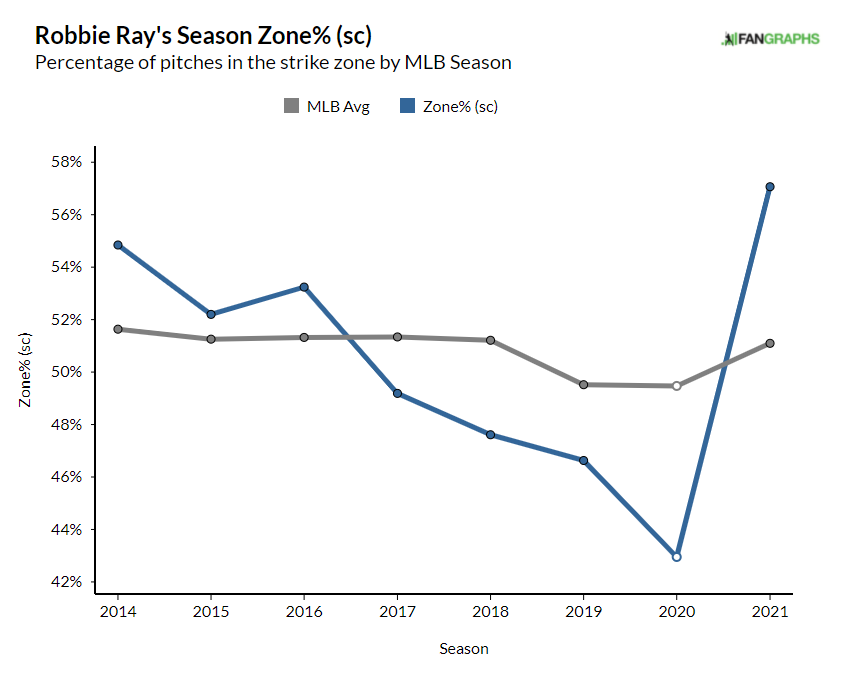The Detroit Tigers Should Be Better Than This By Now
The 2021 Detroit Tigers are terrible.
I don’t say this out of cruelty or to beat a dead horse, but to continue on with this piece, it’s important to understand that the team is very, very bad. It took them five weeks to notch their 10th win of the year. Future Hall of Famer Miguel Cabrera is hitting a mere .160/.259/.253. The incredible hot starts of Akil Baddoo and Wilson Ramos have cooled, and with the sole exception of Matthew Boyd, the team’s pitching staff seems to be struggling mightily against all comers.
For fans, it’s feels like a familiar story told year after year, only it seems to be getting worse over time. And it’s becoming a story that’s getting a lot harder to listen to without a mounting sense of frustration, because in terms of a rebuild, the Tigers appear to have been abandoned by their contractor with only a rough hewn foundation to show for it.
To truly get a sense of where the Tigers find themselves now, we must first understand just how bad this team is in a historical context. To do so, we have to compare the first months of 2021 to the Tigers’ two worst seasons historically: 2003 and 2019. In 2003, the Tigers came close to making history as the worst team in the modern era. They lost 119 games versus just 43 wins, coming within one loss of tying the 1962 Mets for most single season losses. For the franchise, it marked a turning point and a trend towards improvement. By 2006 they made it to the World Series, had a Rookie of the Year winner in pitcher Justin Verlander, and won 95 games. Read the rest of this entry »



